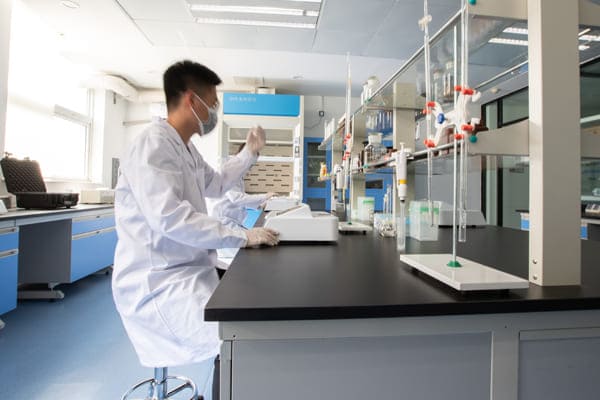With the rapid development of modern agriculture, the soil quality of agricultural product planting bases is directly related to the yield and quality of agricultural products. Therefore, it is particularly important to regularly evaluate and comprehensively test the soil of agricultural product planting bases. This article aims to introduce a comprehensive soil assessment and testing plan.

Purpose
1. Evaluate the nutrient status of soil and provide a basis for scientific fertilization.
2. Detecting soil heavy metal pollution to ensure the safety of agricultural products.
3. Analyze soil environmental parameters to understand changes in soil moisture, temperature, and other factors.
4. Measure soil respiration activity and evaluate soil biological activity.
5. Measure soil physical properties, such as hardness, compactness, etc.
6. Measure soil moisture content and understand soil moisture.
Testing instruments and their applications
The following table lists the main instruments and their uses required for comprehensive evaluation and testing of soil in agricultural product planting bases:
| Serial number | instrument name | purpose |
| 1 | Soil nutrient detector | Quickly measure the content of major nutrients such as nitrogen, phosphorus, and potassium in soil |
| 2 | Soil heavy metal detector | Detecting heavy metal content in soil, such as lead, cadmium, mercury, chromium, etc |
| 3 | High intelligence soil environment analysis system | Comprehensive monitoring of environmental parameters such as soil temperature, humidity, conductivity, pH value, etc |
| 4 | Soil respiration meter | Measure soil respiration rate and evaluate soil microbial activity |
| 5 | soil sampler | Used for collecting soil samples at different depths and locations |
| 6 | soil grinder | Grind the collected soil samples to a particle size suitable for analysis |
| 7 | Soil hardness tester | Measure the hardness and compactness of soil, evaluate the physical properties of soil |
| 8 | Soil moisture analyzer | Measure soil moisture content and understand soil moisture conditions |
Test process
1. Soil sampling: Use soil samplers to select representative sampling points based on the layout of the planting base and crop types, and collect soil samples at different depths and locations.
2. Sample pretreatment: Drying, grinding and other pretreatment work are carried out on the collected soil samples to meet the requirements of different detection instruments.
3. Nutrient detection: Use a soil nutrient detector to quickly measure the content of major nutrients such as nitrogen, phosphorus, and potassium in the soil, and understand the soil fertility status.
4. Heavy metal detection: Use soil heavy metal detectors to detect the content of heavy metals in soil samples, ensuring the safety of agricultural products.
5. Environmental parameter analysis: Using a highly intelligent soil environment analysis system, monitor soil temperature, humidity, conductivity, pH and other environmental parameters to understand the soil environmental conditions.
6. Respiratory activity measurement: Use a soil respiration meter to measure soil respiration rate and evaluate soil microbial activity.
7. Physical property measurement: Use a soil hardness tester to measure the hardness and compactness of soil and evaluate its physical properties.
8. Moisture measurement: Use a soil moisture meter to measure the soil moisture content, understand soil moisture, and provide a basis for irrigation management.
Data analysis and reporting: Organize, analyze, and compare various test results to form a comprehensive soil quality assessment report.
Through this comprehensive testing program, the soil quality status of agricultural product planting bases can be comprehensively understood, providing strong support for scientific fertilization, rational irrigation, pest control, etc. At the same time, timely measures can be taken for treatment and restoration. Identify problems and ensure the sustainable development of agricultural product planting bases.
Article address:https://www.soiltesting.cn/solu1/24.html
- Previous article:no more
- Next article:no more






